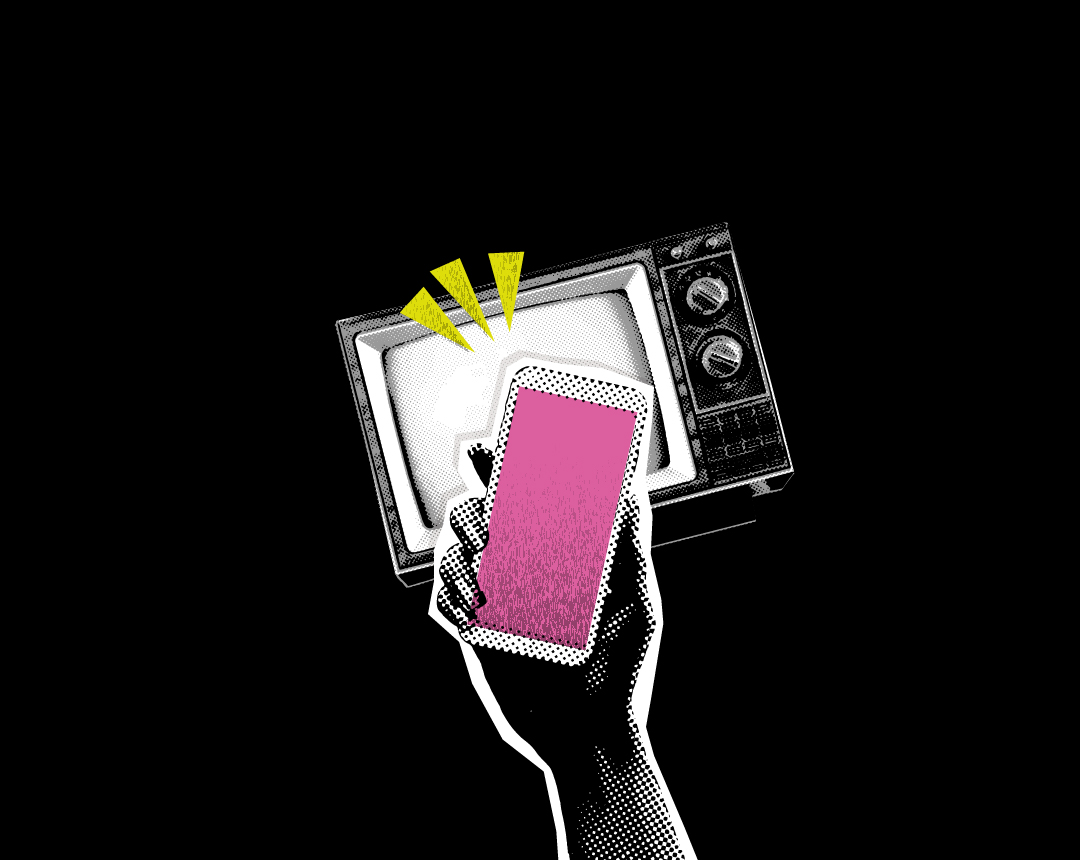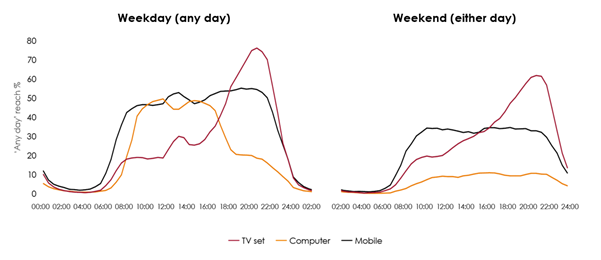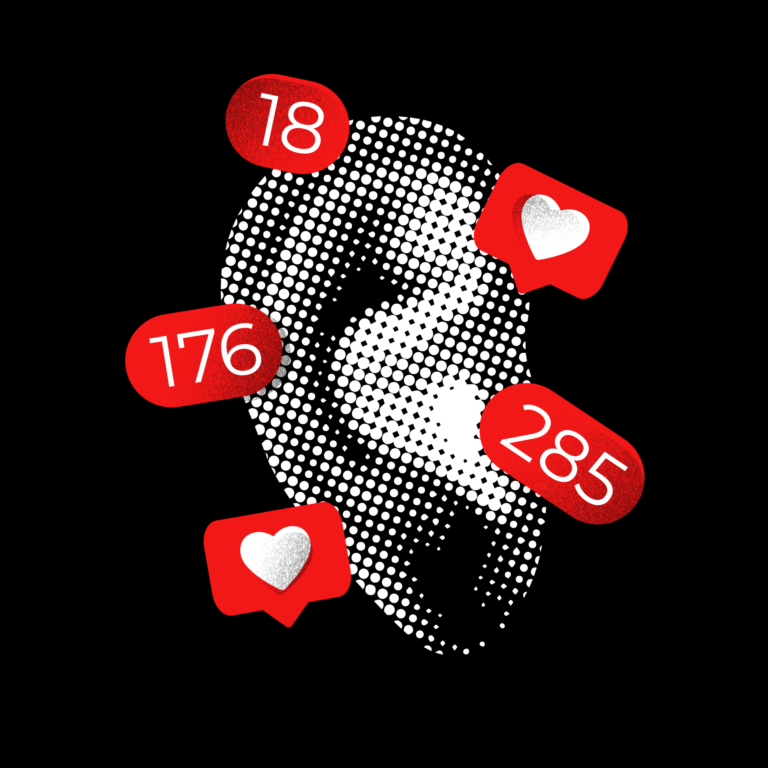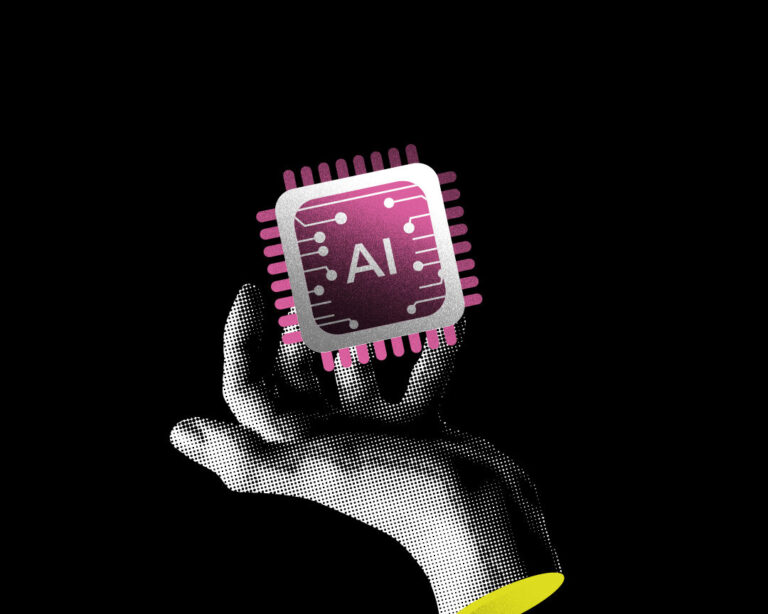

According to the latest IPA TouchPoints 2025 data, UK adults now spend an average of 3 hours and 21 minutes a day on their phones, compared to 3 hours and 16 minutes watching TV. It’s a slim margin, but a symbolic one. For years, TV has been the old reliable-our national hearth, our go-to for emotional storytelling and mass reach. Remember when you could launch a product in an X Factor ad break and reach half the country before the next chorus? Simpler times.

But the tide has turned. And it’s not just a straight swap of screens. Mobile usage is spread throughout the day, this includes morning scrolls, lunchtime memes, evening TikTok’s, while TV still dominates the evening wind-down, especially for the 65+ audience. In fact, it’s the younger audiences (15–24) that are the driving force behind this shift, as they are clocking nearly five hours a day on their phones, while their TV time has dropped below two hours. Meanwhile, older viewers are still giving the telly a solid 4.5 hours of their time per day.
Here’s where it gets interesting.
The emotional impact of these screens isn’t equal. The data shows that Brits are 52% more likely to feel relaxed when watching TV compared to mobile video. On the flip side, mobile video is 55% more likely to leave viewers feeling… well, a bit sad. Maybe it’s the endless doomscrolling, or the fact that your phone is also where your bank app lives. Either way, it’s not quite the same as a cosy episode of Miss Marple.
When you add up all screen-based media including phones, TVs, laptops, tablets, and gaming consoles, UK adults are now spending a whopping 7 hours and 27 minutes a day glued to screens. That’s nearly an hour more than in 2015. Screens are no longer just part of our day, they are the day.
So, what does this mean for marketers and media planners?
It’s a wake-up call (no pun intended). Mobile is now the main stage, and strategies need to reflect that. Mobiles have become engrained in our daily life, and they are central to how we consume content. But don’t count TV out just yet. It still delivers emotional resonance and mass reach in a way that’s hard to replicate.
In short: the mobile-first era isn’t coming, it’s already here. But before you rush to replace all your genre targeting or content alignment with TikTok posts, take a moment to reflect on the who, what, where, and why. Combine that with a need for brand sentiment and resonance, and you’ll see it’s not just about a push to Mobile. Your brand sentiment will thank you, especially when what’s really needed is a dose of ‘relaxed’ endorphins.




